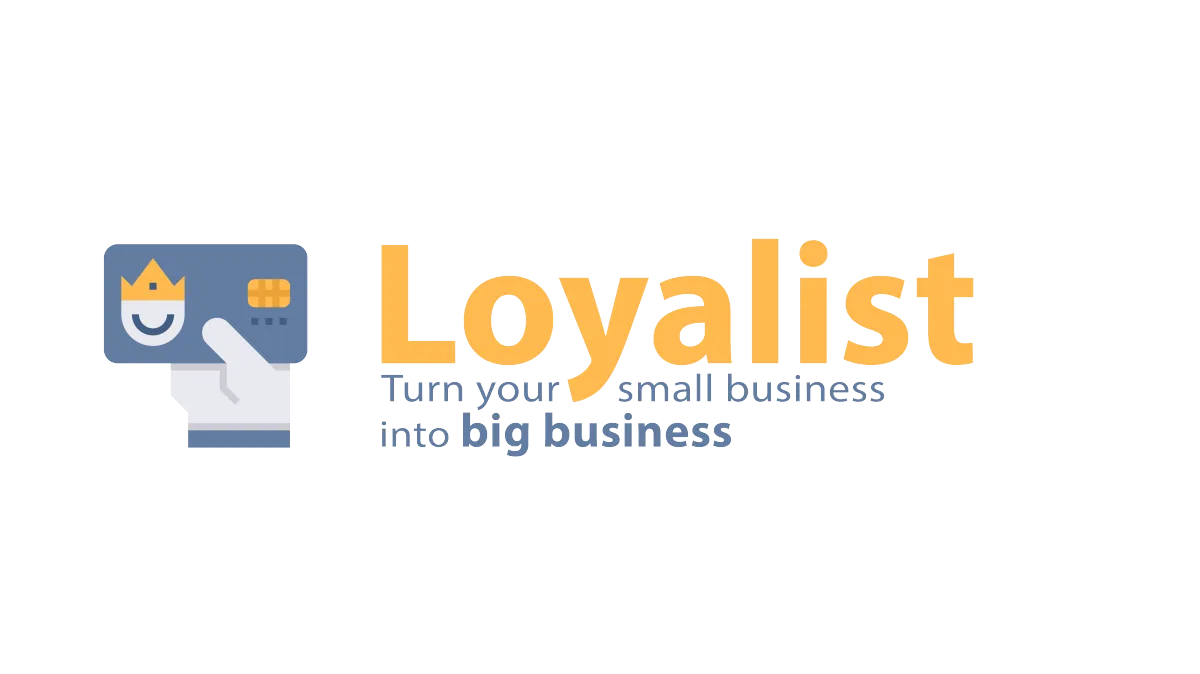Help Centre
Find answers, guides, & troubleshooting advice here

Understanding Google Ad Reporting Terminology
Google Ad Reporting provides live reporting and analysis for your client's digital ad campaigns. Google Ad Reporting provides big-picture campaign analysis so it is easy to understand your client's ad performance and increase their ROI.
Covered in this article:
1. Impressions
2. Clicks
3. Conversions
4. Client Spend
5. Average CPC (Cost per Click)
6. Cost Per Conversion (CPA)
7. Conversion Rate
8. Revenue
9. ROI
10. Sales
11. CPS (Cost per Sales)
12. Leads
13. CPL (Cost per Lead)
1. Impressions
An impression is the number of times your ad is displayed on a search results page or another website within the Google network.
2. Clicks
When someone clicks your Ad, like on the Blue Headline or Phone Number of a Text Ad, Google Ads Counts That As A Click.
3. Conversions
A conversion is any interaction between a user and your website where the user completes an action that you’ve defined as valuable to your business. For example, if I visit your site and view a specific webpage, that would be one type of conversion. If I download your eBook, sign up for your newsletter, or take another action, that would also be considered a conversion. The goal of conversions is to convert visitors into customers.
4. Client Spend
Is the cost of running the ad plus the management fees (this is only visible to Agency Admin and Agency User)
5. Average CPC (Cost per Click)
CPC is the average amount that a publisher pays for each click on their ad. The higher the CPC, the more expensive it will be to place an advertisement.
The cost of placing an advertisement can vary depending on many factors such as:
Advertiser’s budget
Number of impressions
Location and time of day
Type of content in which
6. Cost Per Conversion (CPA)
is a metric that measures the average cost of acquiring one new customer. It’s also known as Cost per Acquisition, or CPA. It is calculated by dividing the total cost of ads by the total number of conversions.
7. Conversion Rate
Conversion rates are calculated by simply taking the number of conversions and dividing that by the number of total ad interactions that can be tracked to a conversion during the same time period. For example, if you had 50 conversions from 1,000 interactions, your conversion rate would be 5%, since 50 ÷ 1,000 = 5%
8. Revenue
When an opportunity is marked as won, the opportunity will have a Lead value (monetary) added. It is sum total of all the opportunity which is marked as won for a specific google ad campaign.
Please note:
When adding a lead value only use numerical integers. There is no need to add a $ sign as its already accounted for in the field (See example below)
9. ROI
Return On Investment (ROI) is measured by calculating the ratio between the costs incurred during an advertising campaign and the revenues generated from that campaign. ROI can be applied to each individual ad, or to the entire page.
10. Sales
It refers to the leads/opportunities that have been marked as won.

11. CPS (Cost per Sales)
CPS is measured by dividing the cost of running a specific campaign by the number of opportunities marked as won.
12. Leads
It refers to the leads/opportunities that are recorded as open through form submission, response via chat widget, or phone call.
13. CPL (Cost per Lead)
CPS is measured by dividing the cost of running a specific campaign by the number of opportunities that are in the open stage.
Can't find an answer?
Send us a support request and one of our experts will help you find a solution
Help Articles
Here's all of our current help articles on a list. We're always adding more articles and videos to help you become a Loyalist expert.
Quick Setup Guides
Get started here. Below are guides that'll give you instructions on doing your own Basic Setup.
If you don't see your industry below, pick the closest match. Check back to see more industry-specific guides in the future.
Crash Course
Troubleshooting Email
Marketing
Campaigns
Social Media
Automation
AI Appointment Booking Bot
Workflow Builder
Phone
Twilio / Lead Connector
Troubleshooting Phone & SMS
Forms and Chat
Triggers
Calendar and Scheduling
Reputation Management & Reviews
Integrations
Dashboard
Conversations
Contacts
Settings
Notifications
Reporting
Loyalist How-To's
Loyalist How-To's: Build A Payment Page To Sign Up New Clients
How To Build A Double Opt-In Flow
How to setup Loyalist Chat Widget as support for your clients
How to build an offer redemption flow
How to build Database Reactivation Campaigns that leverage Positive Intent and Chatbots in Loyalist
Build Booking Bots In Loyalist
How To Send Pretty HTML Emails In Loyalist
How To Build Pages That Load Quickly In Loyalist
How To Pre-Plan Holiday Promotions With The Custom Date Trigger
How to increase appointment show rates with personalized video Tasks in the Loyalist app
How to use the Positive Intent trigger to generate bookings with no human involvement
How To Build "Check In" Loops in Loyalist
Loyalist How-To's: Birthday Campaigns
How To Build Webinar Campaigns using the Event Start Date field
How To Build Automated Appointment Follow-up Surveys in Workflow Builder
How to build Webinar Campaigns using the Event Start Dates
Loyalist How-To Build Home Pages on Loyalist Website Builder
Pre-Populate SMS Messages With Links
How to use Custom Values for images in funnels and websites
How To Build Pricing Columns In Funnel Builder
Payments
Sites
LC - Email & Phone Communications
LC-Phone
Content AI
Launched by Wolfmother Consulting
Growing alongside Titan Compliance
See the Privacy Policy
Visit the Help Centre
© 2023 Loyalist - All Rights Reserved


